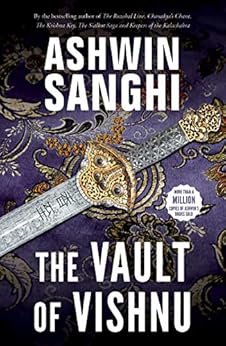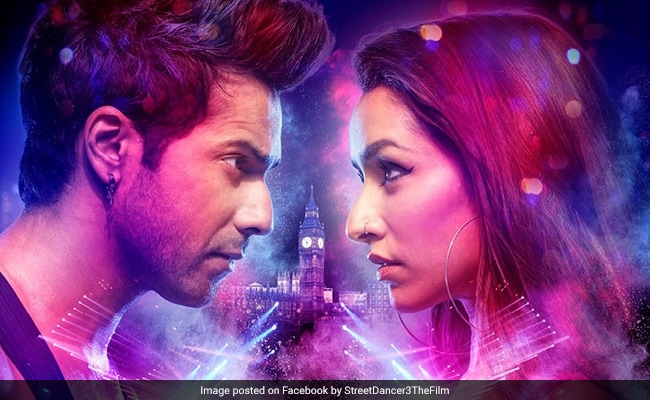1840th BLOG POST -->>
11th Book of 2020!
Before reading “The Vault of
Vishnu”, I had read 4 books of Ashwin Sanghi and I have considered him as the
best writer in India who writes only after researching and verifying a lot.
Unfortunately, I had missed few of his books in between but during this
lockdown phase, I committed myself to read his latest release in the “Bharat
Series” named “The Vault of Vishnu” which is published by Westland in about 315
pages. This book again brings for you multiple plots like all the books of
Ashwin and makes you create the whole chart with connecting arrows for yourself
to be able to remember the characters and their relationships and roles later
on in the story. I believe, I end up making the similar kind of connecting
diagrams at my end while reading Ashwin Sanghi’s books the way he must be
creating while drafting the story. Haha!
Ashwin Sanghi’s writing style
remains to be top-notch even here. The narration is soft-paced which shall
ensure that you don’t get lost more often regarding which plot or era you are
currently reading about. I like how the author has chosen regular words to
describe this over-the-top story without making it sound richer by adding unnecessary
English words for which readers have to run behind the dictionary.
The book is a mixture of a lot
many things such as Politics, India-China relationship, ancient China tales,
Indian culture, Hinduism, Buddhism, Taoism, Spirituality, Mythology, Religion,
Action, Murder, Love, Family, History, Temples etc. There are basically two
plots running simultaneously- One is about the journey of Xuanzang from 627 to
645 CE whereas another one is about the India-China relationship in the current
scenario where Paramjit Khurana is the protagonist who is trying to connect the
dots to reach to a conclusion to a lot many things including her father’s
murder case.
I must say that the book carries
a lot of information and knowledge that you could get only while reading
fiction stories as none of us are going to go into historical books to know
about such minute details. Similarly, how Sanghi connects the mythology with
history and current scenario makes you get up and read the book little more
seriously in the 2nd half. The climax is a fine finish to this
story.
I have never rated any of the 4
books that I have read of Ashwin Sanghi’s below 4.5 stars out of 5 as he never
disappointed the reader in me but this time I just got disappointed with few
things. I felt that the book is written in a very slow-paced manner which this
story didn’t deserve. You start getting bored after a while as nothing great
happens in either of the two plots and there’s not enough twists and turns to
keep you awake. Similarly, the characters aren’t introduced very well due to
which you are unable to empathize with them most of the times. Even the climax
is not very actionable which is not what I was expecting after such a long
story. The book could have been easily 60-80 pages less than what it is and
that would have made the story crisper and tight. This time it felt as if we
are reading a script of a web-series and not a novel – may be if author had
that in his mind while writing the book.
Except these few points, still,
for the kind of research author has made for this book- and the connection
author makes between history and mythology, this book is worth reading- just
that it is not of the standard Ashwin Sanghi has created for himself in all
these years. I give this book 3.5 stars out of 5.
Thanks.
WRITING BUDDHA















